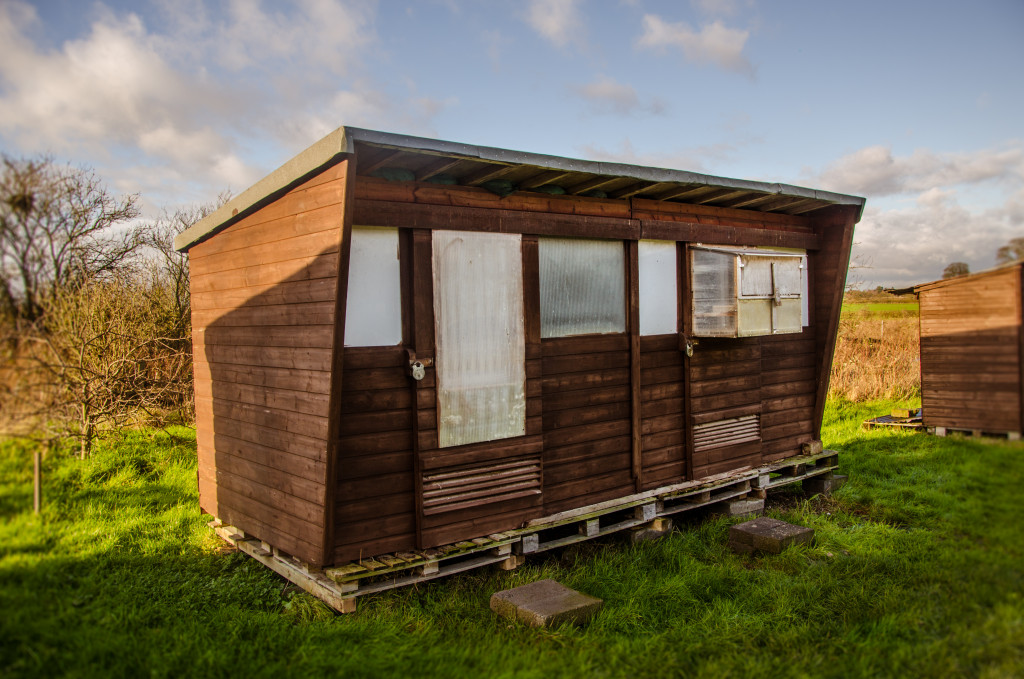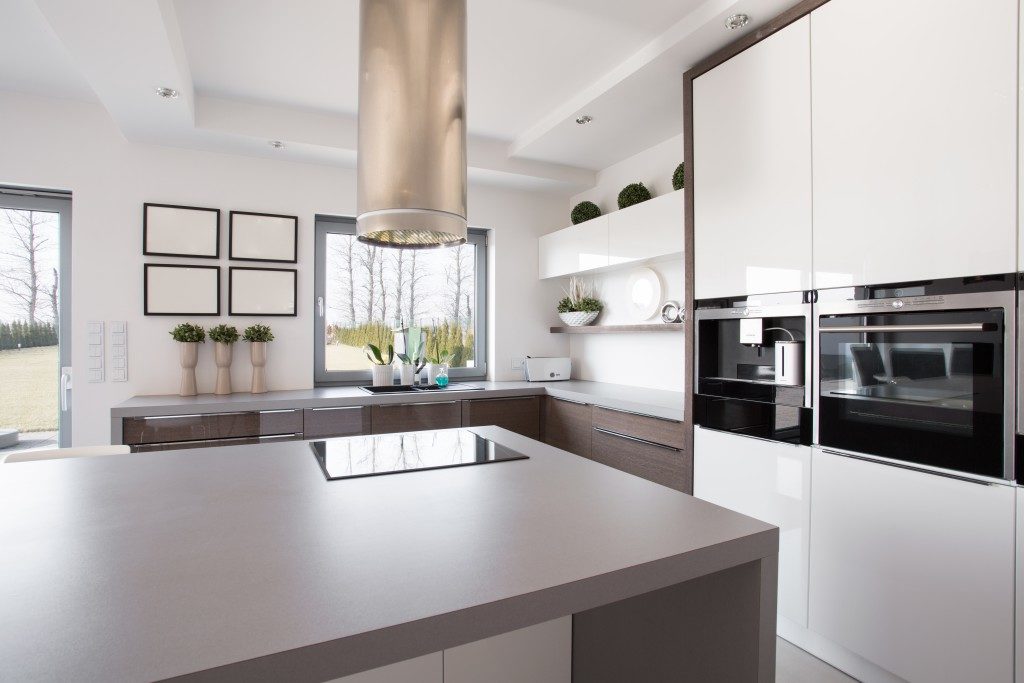With more and more people wanting to reduce their living expenses, the introduction of the tiny house movement skyrocketed all over the globe. But apart from the potential lesser living costs, this movement primarily aims to allow people to start a more sustainable and simpler lifestyle. Tiny houses require less energy to run, from lighting, cooling, to heating. Others even take a bigger step into reducing their carbon footprint by installing solar panels and rainwater systems.
With the benefit of sustainability and self-sufficiency the movement offers, it’s no surprise to see numerous tiny house communities getting build. If you are looking to lead this social and environmental movement and provide an affordable living spot for families and individuals, here are a few steps to help you start a livable tiny house community.
-
Search for a great location
Finding a good location can be your priority, depending on the type of tiny houses you want for the community. For instance, if you’re looking to build tiny houses on wheels, locating a good spot can come later. On the other hand, as for permanent structures, you’d obviously need to find a suitable location first before building the houses.
The easiest way to find one is through your friends and neighbors. Ask if they have acreage on their properties. Or, you can talk to local farmers who are planning to sell a part of their land. The last resort is to talk to a real estate agent. Moreover, you could generally place the tiny houses on the property ground you’re already renting or your own. Or, on RV parks or campsites, in case you want to be on the move now and then.
-
Follow zoning and building laws
Speaking of location, you will need to know about the zoning and building codes too. The zoning ordinances will act as guides on where you can start your tiny house community, while the building codes are regulations that deal with how to build the homes. The houses in your small community should be constructed following the standards like size restrictions.
But again, if you are looking to design tiny houses for the road, most locations will not require building permits. However, keep in mind that your tiny house community may not be permitted to reside in the area permanently because of local zoning laws. Be sure to check laws and regulations in your city or state.
-
Plan for sustainable utilities

Say you already found the perfect spot for your community. It’s now time to plan for the primary utilities. Ideally, it’s highly encouraged to construct tiny houses with renewable and eco-friendly materials. The same goes for water and electricity needs. For water, the simplest method is to dig a septic tank for waste and a well. A more upgraded approach uses rainwater systems for the houses, which helps cut off the bill. If you have the budget to shell out, you can try investing in wastewater management solutions to provide clean water for the entire community.
As for electricity, there are tons of renewable energy options out there to power your community. These include solar power, air-source heat pumps, hydroelectric systems, and biomass systems. Be sure to acquire your renewable energy solutions from reputable companies that work with a credible producer of professionally designed plastic molding products. This ensures the quality of energy systems and components you’ll be acquiring.
-
Source the materials wisely
As much as you can, you want to build your tiny house community with cost-effectiveness in mind. So, when it comes to the building materials, you’d want to steer clear of brand-new, expensive materials. If keeping the cost down is your community’s goal, it’s always a smart and eco-friendly way to source reclaimed materials. For one, you can check out house demolitions and renovations within your area and find construction materials that you can use. Typically, you can source fixtures like showers and sinks, cabinets and drawers, and even hardwood floors.
If you’re mainly searching for wood materials, garden items, and flooring materials, you can try visiting construction sites or lumber auctions. Don’t forget to ask your relatives and friends if they have unused building materials or interior fixtures in their property that you can use.
From having a lower environmental impact to requiring less stuff and energy every day, a tiny house community can surely provide financial freedom to many people. Make it easier for your locals to live a better and simpler life by creating a tiny house community in your area. Not only can this help your location thrive, but it also allows you to take on a bigger role in reducing everyone’s carbon footprint.



